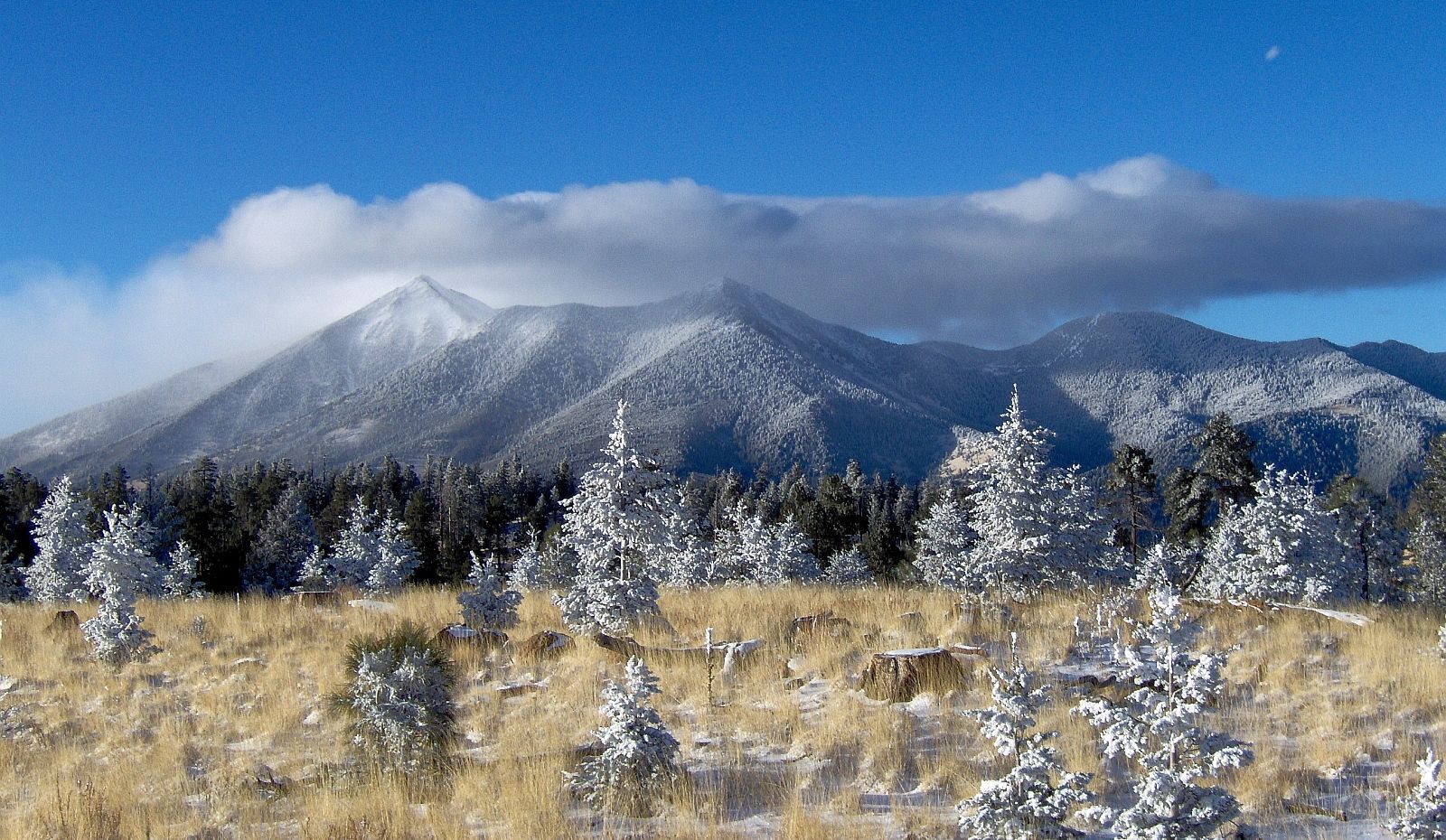Case Study
Name: Kilauea
Location: Hawaii
Type of Volcano: Shield, Caldera, Pyroclastic cone
Elevation: 1247 m (4091 ft)
Rock type: Basalt
Hazards: Lava Deltas, Vog, Lava Flows, Gases (SO2), Earthquakes, Tsunamis, Tephra jets, Steam Blasts, Acidic Fumes, Glass Particles, Scalding Waves, Ash Clouds and Plumes
Monitoring: Seismographs, Tiltmeters, EDM, GPS, Satellite, Thermal and Regular Cameras, Gas Emissions
Last Eruption: Whenever you are reading this. Last explosive eruption occurred in 2011
Current Status: Active
Current Activity: Eruptions in summit and East Rift Zone, ground deflation, lava lake lowered from 33 m to 46 m below the rim of Overlook Crater, low seismic activity (as of 8:56 am February 19, 2016)
Afternoon,
Today we will discuss Kilauea. It is probably the most famous volcano of Hawaii with two million annuals visitors to the Hawaii Volcanoes National Park. If you have ever seen pictures of lava flows or lava fountains in Hawaii, then you have already seen Kilauea. It is the youngest volcano in the world and the most active as almost everyday there is eruptions occurring in the summit or East Rift Zone. With its ongoing eruptions, Kilauea has buried 45 square miles of volcano and added 560 acres of new land to the island.
The volcano has a large explosive eruption about as often as volcanoes like Mt. St. Helens, but has continuous smaller eruptions taking place.Many times these eruptions are hazardous to the people living on the island of Hawaii. For example, in 1986 a lava flow cut through the town of Kapa’ahu destroying homes and caused a highway to close. In 2011, another flow from the Pu'u 'O'o crater destroyed homes. Most recently, in the autumn of 2014, a lava flow threatened the community of Pahoa. It again destroyed some homes, but also crossed streets, moved along the cemetery driveway before turning into a pasture.
However, the most important takeaways from Kilauea have to do with predicting eruptions. Before a summit eruption, the caldera's floor usually drops and seismicity and gas output increase. McGuire (1995) found that seismic and ground deformation measurements have been the best ways to forecast eruptions at Kilauea. Ground inflation within the summit region that is accompanied by distinct, short period seismic events generally signals a replenishment of the magma reservoir. Later events include a sudden deflation of ground followed by an increase in the frequency of longer seismic events that illustrate an intrusion of magma into a rift. Because Kilauea has been monitored for over 100 years, there is an abundance of data on the volcano. This data allows scientists to more easily predict eruptions.
Because Kilauea is a continuous eruption, different techniques can be tested and developed by monitoring it remotely because it is also being monitored closely from the ground. Data is be shared from the satellites and the ground instruments to understand how to calibrate satellites correctly so that they can be interpreted accurately.
Again though, volcanoes are still mysteries. Even Kilauea with all the scientists and instruments watching it is able to erupt with no warning.
But it does have a cool feature. There are live webcams on the Hawaiian Volcano Observatory website: http://hvo.wr.usgs.gov/cams/
Here is a picture of the lava lake from today.
Until later,
Rachel




Seismicity and gas output give us hints about an up-coming eruption, but how far in advance do volcanoes start showing these signs? Does it give people enough time to prepare?
ReplyDeleteIt really depends on the volcano, the moment of magma involved, and the type of eruption. Usually volcanoes start giving signals a couple years to a few hours in advance. Too often there is no warning signals, much to the chagrin of volcanologists.
DeleteFrom looking at your volcanoes, have you yourself noticed any patterns in, for example, lava movement or other seismic activity? What kind of data are you looking for?
ReplyDeleteI have no access to that data.
DeleteI saw the word "vog" in your previous post and thought it was a typo. Could you please explain what vog is? Also, what are tephra jets?
ReplyDeleteIn the picture of the lava lake, are we viewing a liquid surface or has the surface material hardened?
ReplyDeleteVog or "volcanic smog" is air pollution that appears when SO2 and other gases and particles are spewed out by an active volcano. They react with oxygen and moisture in the air, which creates the fog.
DeleteTephra jets describe what happens when lava meets the ocean. When the super hot lava meets cold seawater, the lava can instantly change the seawater to steam. Thus water, hot rock, and lava fragments explode into the air. If you were near the cliff where the ocean is meeting the side of the volcano, there is a good chance that one of these could sprout up and injure you severely.
Similar to the picture that is the background of this blog, the surface of the lava lake is hardened or congealed. But underneath the lava is hot and moving around. The lighter colors will be that liquid lava appearing when the surface cracks. Those white lines are glowing orange just like the lava flow behind these words.